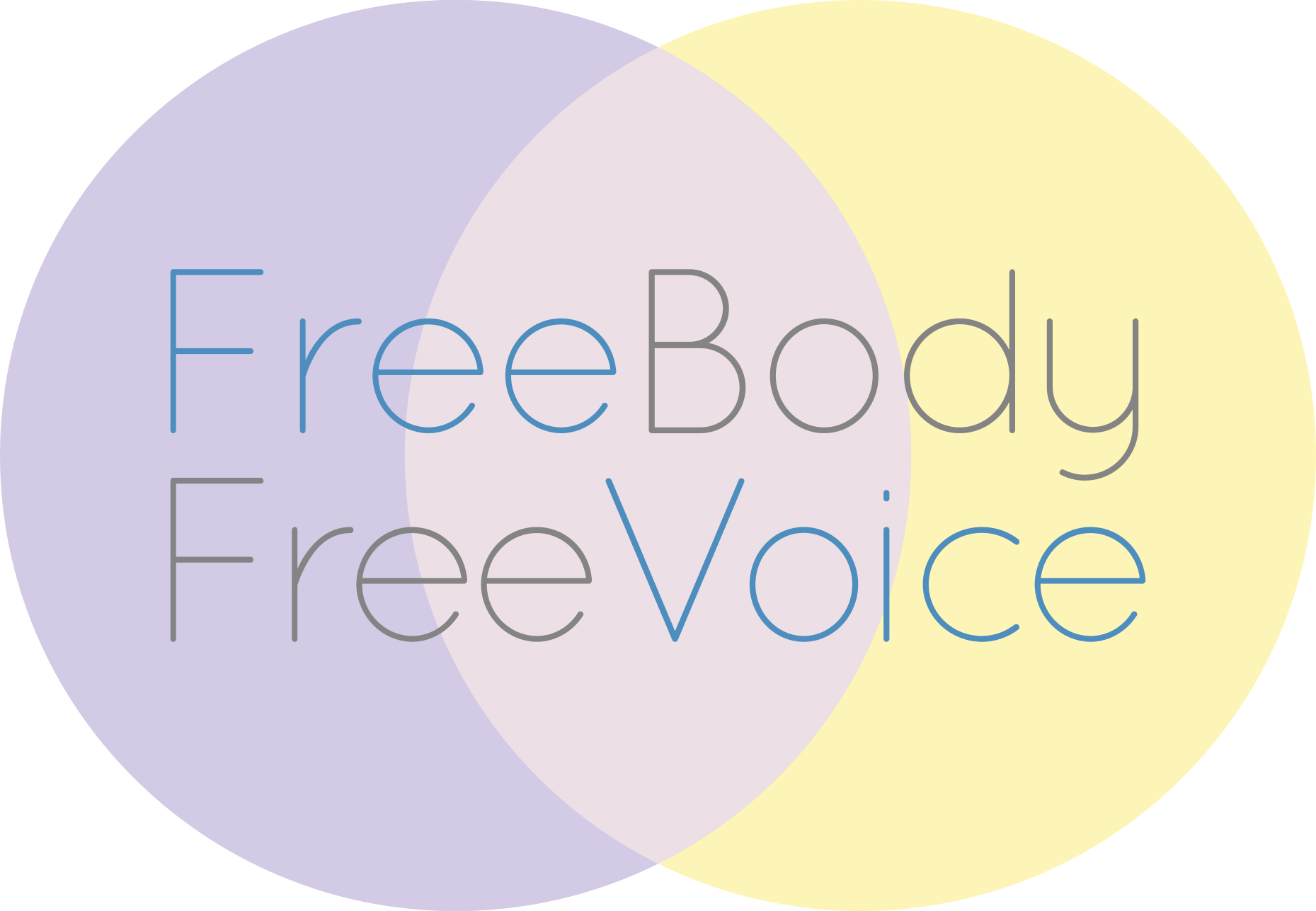Whole-Body Breathing: The Evolution of a Technique
Over the course of my teaching career, I have collected and invented probably hundreds of ways of working to principle to help students understand concepts and integrate them into their singing. A few of these practices have proven themselves especially effective and thus have become my chosen tools which I return to again and again. One movement practice immediately revealed itself to be a life-changer and has over the years continued to evolve into a form with variations that—to my surprise—addresses not only every aspect of body coordination, but also powerfully influences musicianship and illuminates unconscious thought processes. I named this technique Whole-Body Breathing (WBB) and it has changed my teaching and deepened my understanding of human functioning—physical, respiratory, and psychological.
If you learn WBB, it can change your life too. At a minimum, it will give you increased mastery of your posture and your breathing. And if you commit to practicing it with sufficient rigor, it can reveal you as a musician of insight, creativity, and finesse.
Whole-Body Breathing began as a way for me to explore how primary and secondary curves—the spinal gestures known in the yoga world as “cat” and “cow”—interacted with respiration. Years of study of these curves in a purely Alexander Technique context had taught me that every movement of our bodies involves the interaction of dynamic spiral forces in our musculature. And that when any part of me moves, every other part can respond…if I allow it to.
Since breathing is basically a pattern of movement (that moves air in and out of the lungs), I wondered how it fit into the patterns of primary/secondary movement that underlie my posture and my mobility. To investigate this matter, I invented a choreography for my head, torso, and limbs that alternated between primary and secondary curves, and then superimposed this pattern of movement onto my breathing cycle of inhale and exhale and then onto a vocal cycle of inhale and singing.
Astonishingly, the benefits to my singing were immediate and profound. I could sing long phrases on a single breath without struggle. I could reach high notes easily. I could navigate quickly moving passages of coloratura cleanly and without thinking.
I found myself phrasing more elegantly too. And feeling free in my body—tension and stiffness just melted away.
Excited by these results, I began to teach WBB to my students, who experienced similar improvements. They also really enjoyed the movements, which feel great and are fun to do. I was not surprised at these successes, because I had experienced them in my own experiments.
But another benefit of WBB began to reveal itself, and this one blew my mind: the movement pattern somehow externalized and made visible what my students were thinking as they sang. It gave me (and them) valuable information about how they were unintentionally interfering with their music-making. A pause in an arm movement could indicate an undesired pause in the exhale during a phrase. An unraveling of the physical coordination could reveal a place where the student was vague in the rhythmic placement of her inhale. A glitch in the smoothness of a gesture could indicate a musical moment that needed more study to master.
I have developed a deep sensitivity around interpreting how students’ WBB movements relate to underlying issues of coordination, musicianship, and psychology. WBB allows me to teach more insightfully and to open up my students’ own insight so they can continue to make improvements to their singing on their own when they practice.
My procedure has evolved over the years. I now have versions to use when singing while standing, sitting, walking, and even lying down. I have versions that involve grand, balletic motions and versions that are so subtle and undetectable that you can use them on stage while performing. WBB works just as well for preparing speech as song and can eradicate all manner of problems of voice, of breathing, and of posture. It enhances your body awareness and can eliminate tension and pain.
The basic sequence of WBB movements can be learned in a matter of minutes. The consciencious application of these simple gestures to singing can keep you intrigued and on a path of self-knowledge and improvement that lasts your whole life. I’d be honored to guide you in learning and eventually mastering my procedure. Let’s explore together!

